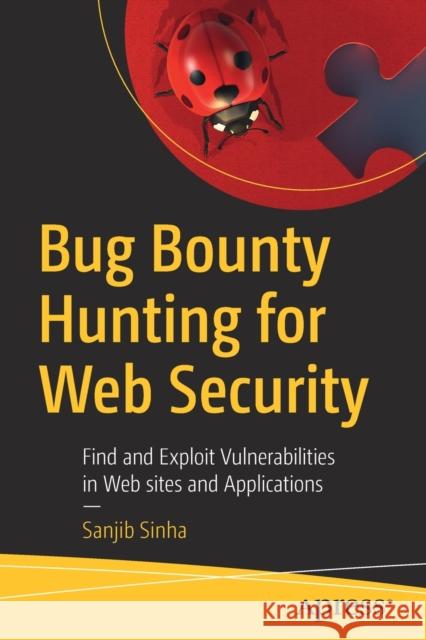Bug Bounty Hunting for Web Security: Find and Exploit Vulnerabilities in Web Sites and Applications » książka
topmenu
Bug Bounty Hunting for Web Security: Find and Exploit Vulnerabilities in Web Sites and Applications
ISBN-13: 9781484253908 / Angielski / Miękka / 2019 / 225 str.
Bug Bounty Hunting for Web Security: Find and Exploit Vulnerabilities in Web Sites and Applications
ISBN-13: 9781484253908 / Angielski / Miękka / 2019 / 225 str.
cena 211,32
(netto: 201,26 VAT: 5%)
Najniższa cena z 30 dni: 210,17
(netto: 201,26 VAT: 5%)
Najniższa cena z 30 dni: 210,17
Termin realizacji zamówienia:
ok. 16-18 dni roboczych
Bez gwarancji dostawy przed świętami
ok. 16-18 dni roboczych
Bez gwarancji dostawy przed świętami
Darmowa dostawa!
Kategorie:
Kategorie BISAC:
Wydawca:
Apress
Język:
Angielski
ISBN-13:
9781484253908
Rok wydania:
2019
Ilość stron:
225
Waga:
0.34 kg
Wymiary:
23.39 x 15.6 x 1.3
Oprawa:
Miękka
Wolumenów:
01
Dodatkowe informacje:
Wydanie ilustrowane











